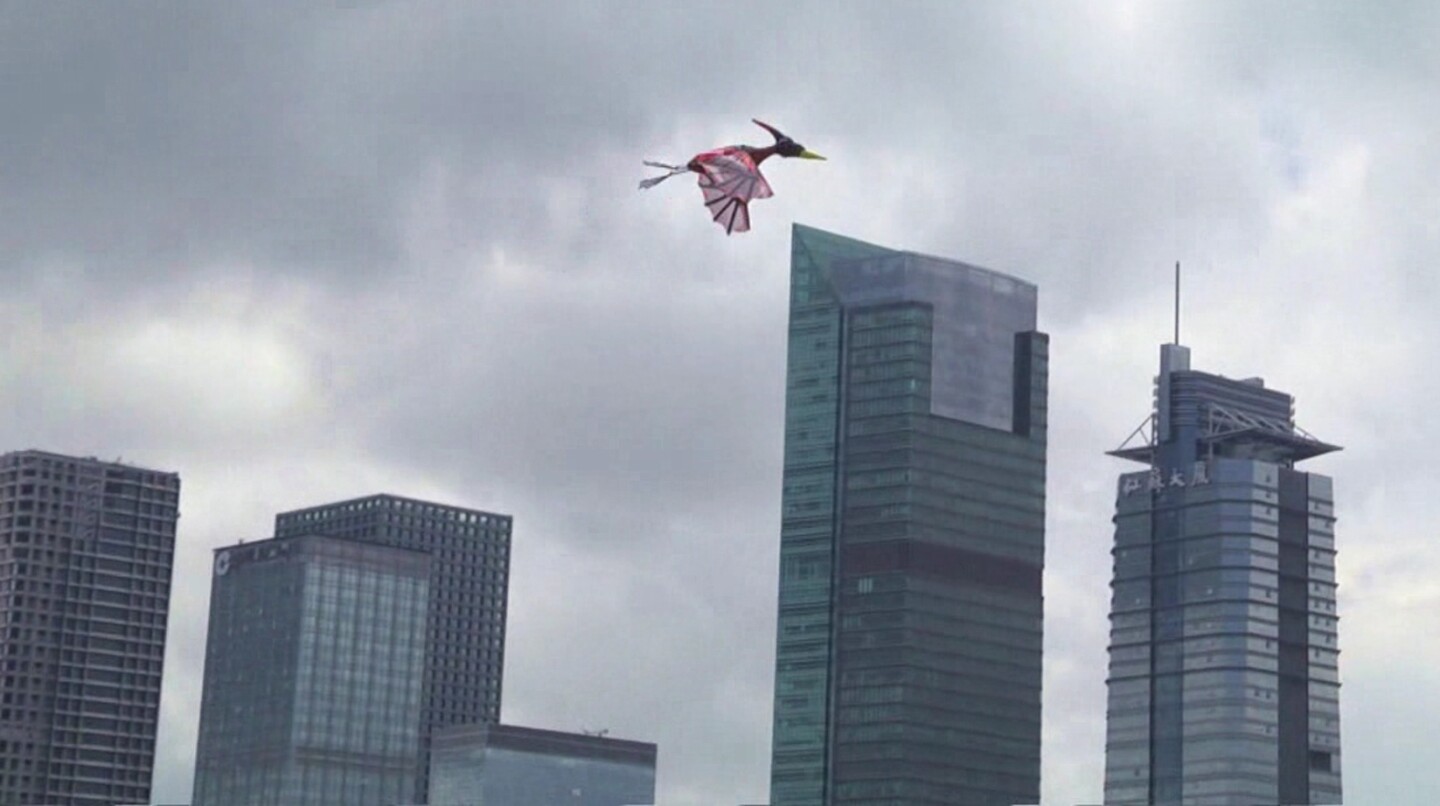People have actually claimed to have seen living pterosuars – just Google the word "ropen" – although those alleged sightings tend to be confined to far-flung places such as Papua New Guinea. That could be about to change, however, if a new Kickstarter campaign is successful. Ohio-based PaulG Toys is raising production funds for a radio-controlled pterodactyl, that actually flies by flapping its wings.
The Flying Pterodactyl's body is made mainly from lightweight foam. It's 3 feet long with a 5-foot wingspan (0.9 x 1.5 m), and is steered with its two webbed feet – turning one foot down and the other one up causes it to turn left or right, putting both feet up makes it climb, and putting them both down causes it to descend.
One charge of its 11.1-volt 1,300-mAh battery should reportedly be good for 15 to 20 minutes of flight time, and that battery can be swapped for a fully-charged optional extra on the spot. The pterodactyl has an operational range of 1,600 feet (500 m) and when it inevitably crashes, its wing and leg joints are designed to pop off so they don't get permanently broken.

As an added bonus, its eyes light up red to indicate that it's powered up, plus it emits what we can only assume is a realistic screeching sound. In order to catch footage of terrified onlookers, it can also be equipped with an optional GoPro camera harness.
If it sounds like your kinda toy, a pledge of US$250 will get you one – when and if they're ready to wreak havoc. The planned retail price is $400.
The Flying Pterodactyl can be seen in action, in the video below.
Source: Kickstarter








